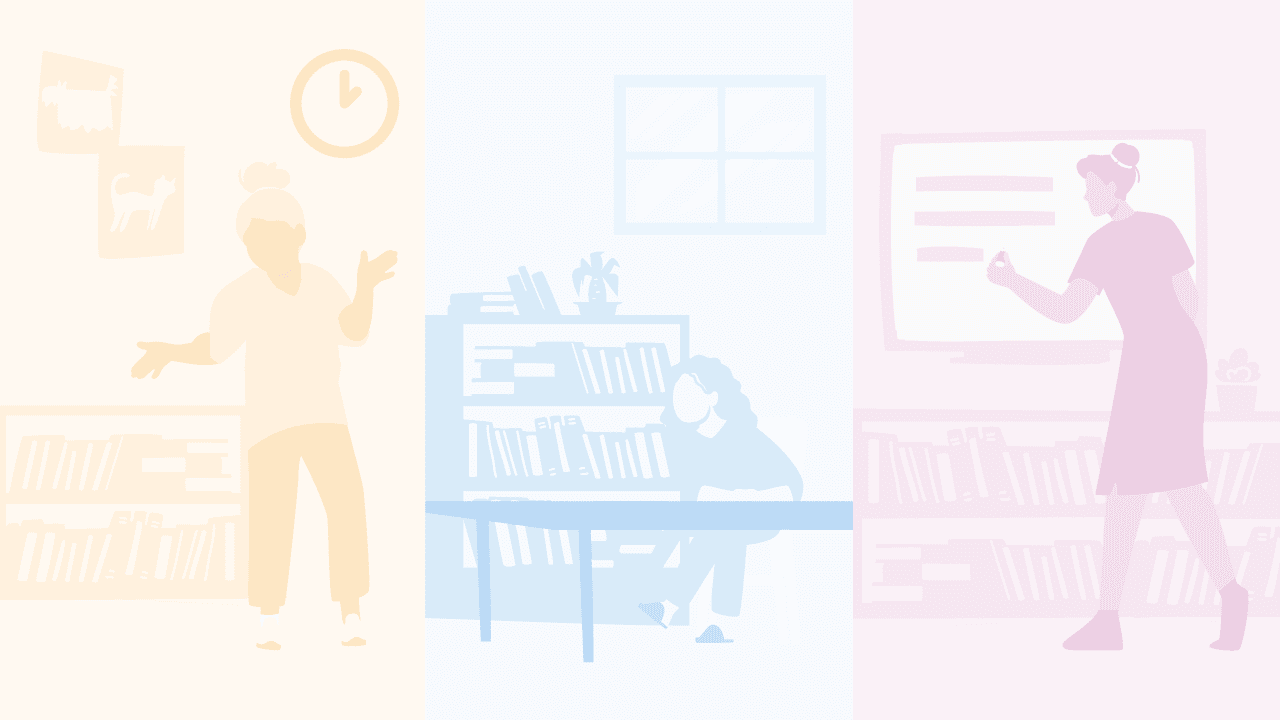What is video modeling?
Video modeling is simply using video or film to teach a new skill; this is a great strategy for all exceptionalities and grade levels and works for teaching a variety of skills. Video is especially useful when teaching social skills because it’s much easier to see other people’s social mistakes than to recognize and admit to our own. Film and video clips also have the added advantage of freezing the character on the screen, which allows for close inspection of nonverbal communications, including facial expressions and body language. Animated videos often feature overexaggerated representations of social interactions, and animated characters’ facial expressions are always elaborate, allowing for easy interpretation.
What does the research say?
Video modeling is one of 27 evidence-based practices for students on the autism spectrum. Students with autism, who typically struggle with communication and social skills, have the greatest difficulty interpreting nonverbal communications. Given that 93% of our communication is nonverbal, these students miss a lot of information! By using film and short video clips, educators and therapists can start to provide social intervention, teaching such skills as reading body language, perspective taking, and even more simple tasks such as how to start a conversation and the importance of making eye contact.
How does it work?
First, educators and therapists should decide what social skill they want to teach the students. From there, creating a lesson is as easy as previewing the clip and identifying the skill you would like to illustrate. For example, if you are teaching the importance of self-regulation, you could try using Angry Birds or Inside Out. Working on dancing skills before prom? Use a clip from the movie Hitch, where the social coach in the film gives the important advice to “keep it at home” when you dance. Really, he is simply teaching the other character that in order to blend in on the dance floor, it is important to keep movements small and controlled, unless you can pull off “the sprinkler” dance move—which most of our students cannot. Video modeling can also be more personalized, reflecting your own students or school setting. If you want to reinforce students walking in an orderly line to the cafeteria, capture them in that positive behavior and play it back for them.
Give it a try!
We all know that as soon as the students see you are showing a video clip, their interest is piqued, so for that reason alone, video modeling can work. Creating buy-in and teaching through modeling or demonstration are effective teaching strategies for all learners. Don´t believe it? When is the last time something broke in your house and you searched YouTube for a tutorial to fix it rather than calling someone? Yes, that’s right—even you use video modeling!



